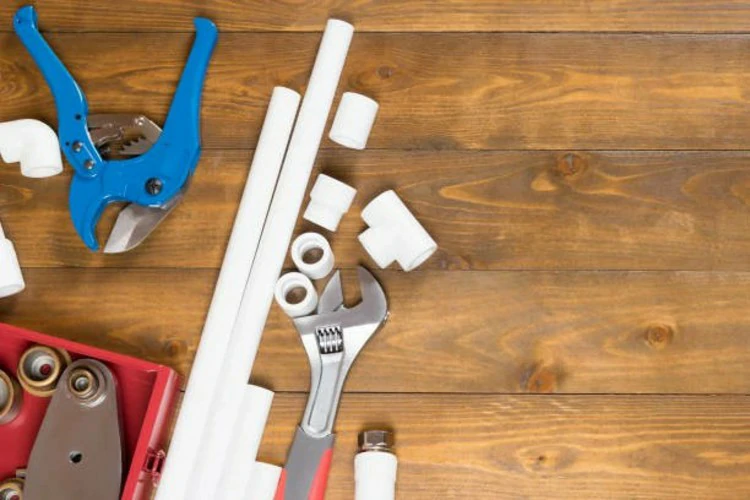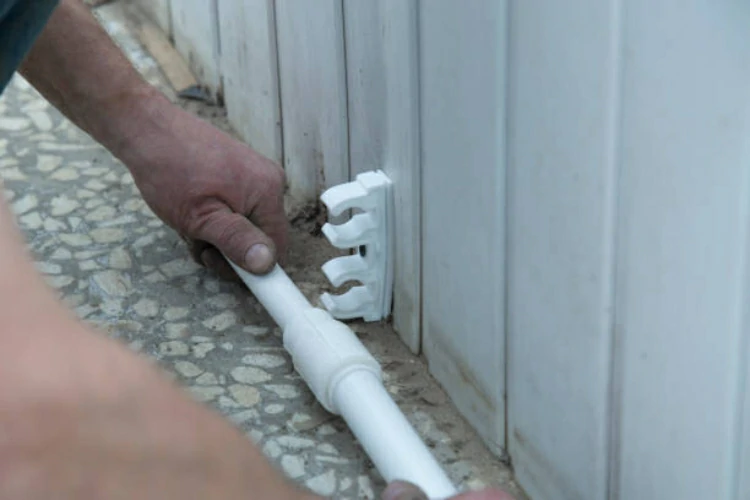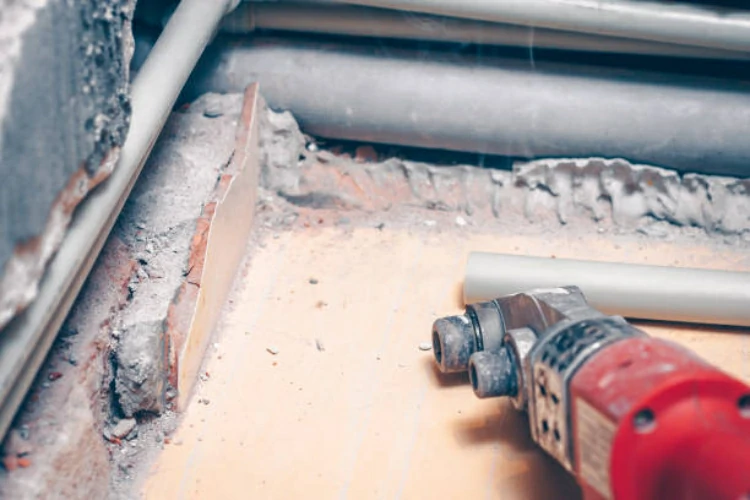Introduction:
Proper installation of PPR pipe fittings is vital for efficient, reliable plumbing systems. This article delves into the methods and techniques for installing PPR fittings, from preparation to final inspection.
Preparation and Planning:
Assessing the Plumbing System:
Before beginning the installation process, it’s essential to assess the layout and design of the plumbing system. This includes identifying the location of pipes, fittings, fixtures, and any potential obstacles or challenges that may impact installation.
- Conduct a thorough inspection of the plumbing system to determine the type and size of PPR pipe fittings required for the project.
- Take accurate measurements of pipe lengths, angles, and connections to ensure proper fitting and alignment during installation.
Gathering Tools and Materials:
Once the plumbing system has been assessed, gather all the necessary tools and materials needed for the installation process. This includes PPR pipes, fittings, cutting tools, welding equipment, and safety gear.
- Ensure that all tools and materials are of high quality and suitable for use with PPR pipe fittings.
- Consider investing in specialized tools such as fusion welding machines and pipe cutters to facilitate the installation process and ensure precision and accuracy.
Installation Techniques:
Fusion Welding Method:
Fusion welding is the primary method for joining PPR pipes and fittings, ensuring robust, leak-proof connections. It entails heating the pipe and fitting surfaces to their melting point and pressing them together to form a bond.
- Clean the surfaces of the PPR pipes and fittings to remove any dirt, debris, or contaminants that may interfere with the welding process.
- Use a fusion welding machine to heat the pipe and fitting surfaces evenly until they reach the desired temperature, typically between 260°C to 280°C (500°F to 536°F).
- Press the heated surfaces together firmly to create a seamless bond, holding them in place until the joint cools and solidifies.
Mechanical Jointing Method:
Mechanical jointing is an alternative method used to connect PPR pipes and fittings using mechanical couplings or compression fittings. This method does not require heat or welding equipment, making it suitable for small-scale installations or repairs.
- Select the appropriate mechanical coupling or compression fitting based on the size and type of PPR pipes being joined.
- Insert the pipe into the fitting or coupling, ensuring a snug and secure fit.
- Use a wrench or spanner to tighten the coupling or fitting securely, ensuring a leak-proof connection.
Final Inspection and Testing:
Visual Inspection:
Once the installation is complete, conduct a visual inspection of all PPR pipe fittings to ensure they are properly aligned, seated, and securely connected. Look for any signs of damage, leaks, or misalignment that may require correction.
- Check for proper alignment and positioning of PPR pipes and fittings, ensuring they follow the intended layout and design of the plumbing system.
- Inspect weld seams and joints for any signs of irregularities or defects, such as cracks, gaps, or incomplete fusion.
Pressure Testing:
After visual inspection, conduct a pressure test on the plumbing system to verify the integrity of PPR pipe fittings. Pressurize the system with water or air to a set level and monitor for pressure drops or fluctuations.
- Use a pressure testing pump or gauge to pressurize the plumbing system to the specified test pressure, typically between 1.5 to 2 times the maximum operating pressure.
- Monitor the pressure gauge for any signs of pressure loss or fluctuations over a set period, indicating the presence of leaks or defects in PPR pipe fittings.
- If any leaks or defects are detected during pressure testing, identify and rectify the issues promptly to ensure the integrity and reliability of the plumbing system.
Conclusion:
Proper installation of PPR pipe fittings is crucial for efficient, reliable, and leak-free plumbing systems. By following the steps outlined in this guide, including preparation, installation techniques, and final inspection, plumbers can ensure successful installations. Whether using fusion welding or mechanical jointing, attention to detail and best practices are essential for optimal, long-term performance.
Contact
IFAN is a professional manufacturer with 30 years of experience, dedicated to producing high-quality plastic pipes, fittings, and valves. Our products include brass valves, PPR valves, as well as various pipes and fittings to meet different customer needs. Whether you need plumbing and drainage pipes or valve products, IFAN can provide a diverse range of high-quality, cost-effective products to support your projects. Below is our contact information.
We will reply your email or fax within 24 hours.
You can call us at any time if there is any question on our production.
For more information,pls visit our webside https://www.ifanplus.com/
Pls Mailto: [email protected]





